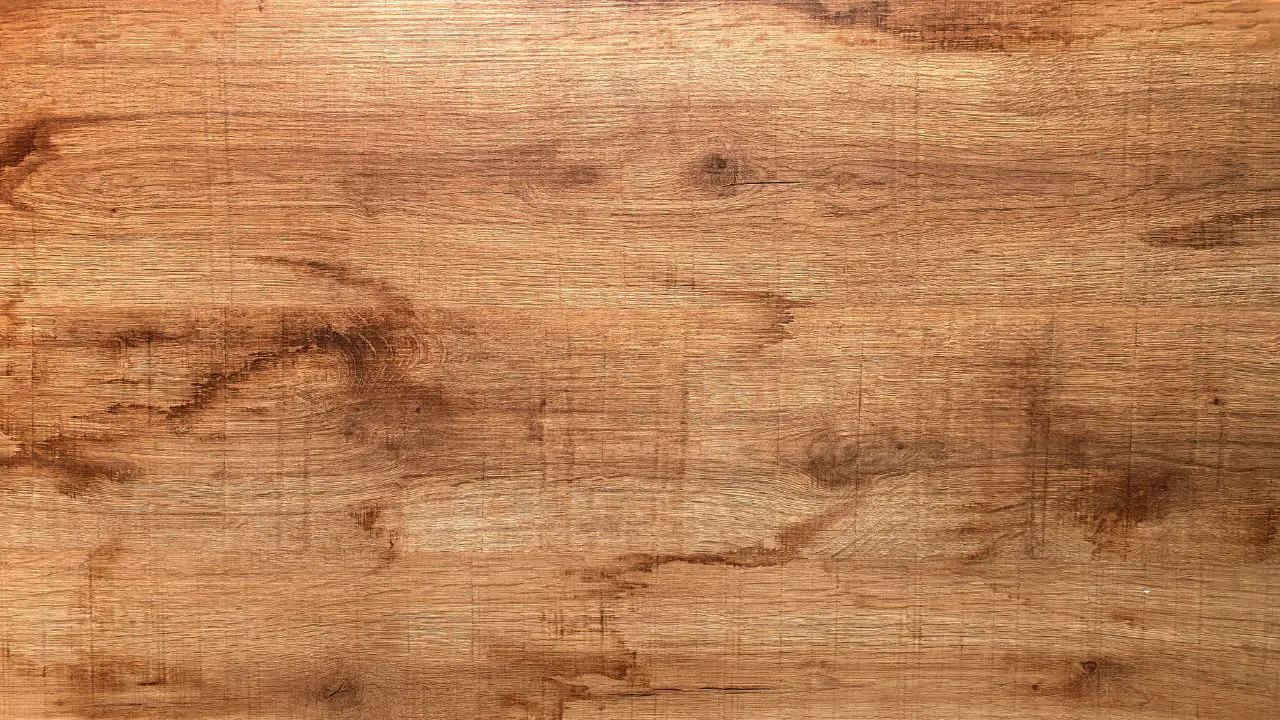When choosing wood for your next home project—whether it’s flooring, furniture, or structural work—you’ve probably faced the age-old question: Is engineered wood cheaper than pine lumber? Both materials have their perks, but when budget is a concern, the cost difference can make or break your decision. Let’s break down the price, durability, and overall value of engineered wood vs. pine lumber for U.S. buyers.
Price Comparison: Engineered Wood vs. Pine Lumber
The price gap between engineered wood and pine lumber largely depends on the type of project, brand, and wood grade. However, in most cases, engineered wood tends to be more affordable upfront—especially for large-scale applications like flooring and cabinetry.
Here’s a general price comparison (U.S. average market prices as of 2025):
| Wood Type | Price Per Sq. Ft. | Price Per Linear Ft. (Lumber) | Typical Usage |
|---|---|---|---|
| Engineered Wood (Standard) | $2.50 – $5.00 | $1.25 – $2.50 | Flooring, cabinets, wall panels |
| Engineered Plywood | $1.50 – $3.00 | $0.80 – $1.50 | Subfloors, sheathing |
| Engineered MDF/Particle Board | $1.00 – $2.00 | $0.60 – $1.20 | Furniture, shelving |
| Pine Lumber (Softwood) | N/A | $2.00 – $4.00 | Framing, furniture, millwork |
| Premium Pine Lumber | N/A | $3.50 – $6.00 | Decorative projects, custom work |
As you can see, engineered wood typically costs less per square or linear foot compared to pine—especially when using lower-tier engineered materials like MDF or particle board. Pine, though relatively affordable as a natural wood, comes with variability in price depending on its grade and finish.
Why Engineered Wood Is Cheaper
Engineered wood is made from layers of wood veneers or wood fibers bonded together with adhesives. Because it’s manufactured from by-products and less expensive species, it uses fewer resources than solid lumber like pine. This production process cuts costs significantly and offers more consistent pricing across batches.
Where Pine May Be Worth the Extra Cost
Despite its higher price, pine has the appeal of being a natural, solid wood. It’s more durable than MDF or particle board and is often chosen for its rustic charm and ability to hold screws and nails well. If you’re building furniture or framing, pine might be worth the investment.
Which One Should You Choose?
If you’re on a tight budget and need material for cabinets, interior walls, or non-load-bearing structures, engineered wood wins hands down in affordability and versatility. On the other hand, if you’re crafting long-lasting furniture or structural elements, investing in pine lumber could pay off in durability and aesthetics.
Durability and Longevity: Does Cheaper Mean Lower Quality?
It’s easy to assume that engineered wood’s lower price equals lower quality—but that’s not always true. High-quality engineered wood like multi-layer plywood or high-density fiberboard (HDF) can actually outperform pine in certain conditions, especially in areas with high humidity. Thanks to their layered construction, engineered boards resist warping, cracking, and shrinking better than solid pine.
Pine, on the other hand, is prone to swelling and contracting based on temperature and moisture levels. While pine is easier to sand and refinish, engineered wood is more dimensionally stable, making it a better choice for areas like basements, kitchens, or bathrooms.
Eco-Friendliness and Availability
Another factor that contributes to the cost difference is sustainability. Engineered wood often uses wood scraps, sawdust, and fast-growing trees, making it a more eco-conscious and cost-efficient option. Pine is also renewable, but since it’s a softwood harvested from slower-growing trees, its environmental impact and harvesting costs can be higher.
Final Verdict
So, is engineered wood cheaper than pine lumber? Yes—both in initial price and installation costs. If your main goal is affordability without sacrificing too much quality, engineered wood is the clear winner.
Ultimately, it comes down to your project needs and how much you’re willing to spend. For budget-conscious homeowners or DIYers, engineered wood is a smart, cost-effective choice. But if you’re looking for the strength and authenticity of natural timber, pine might be worth the few extra bucks.

